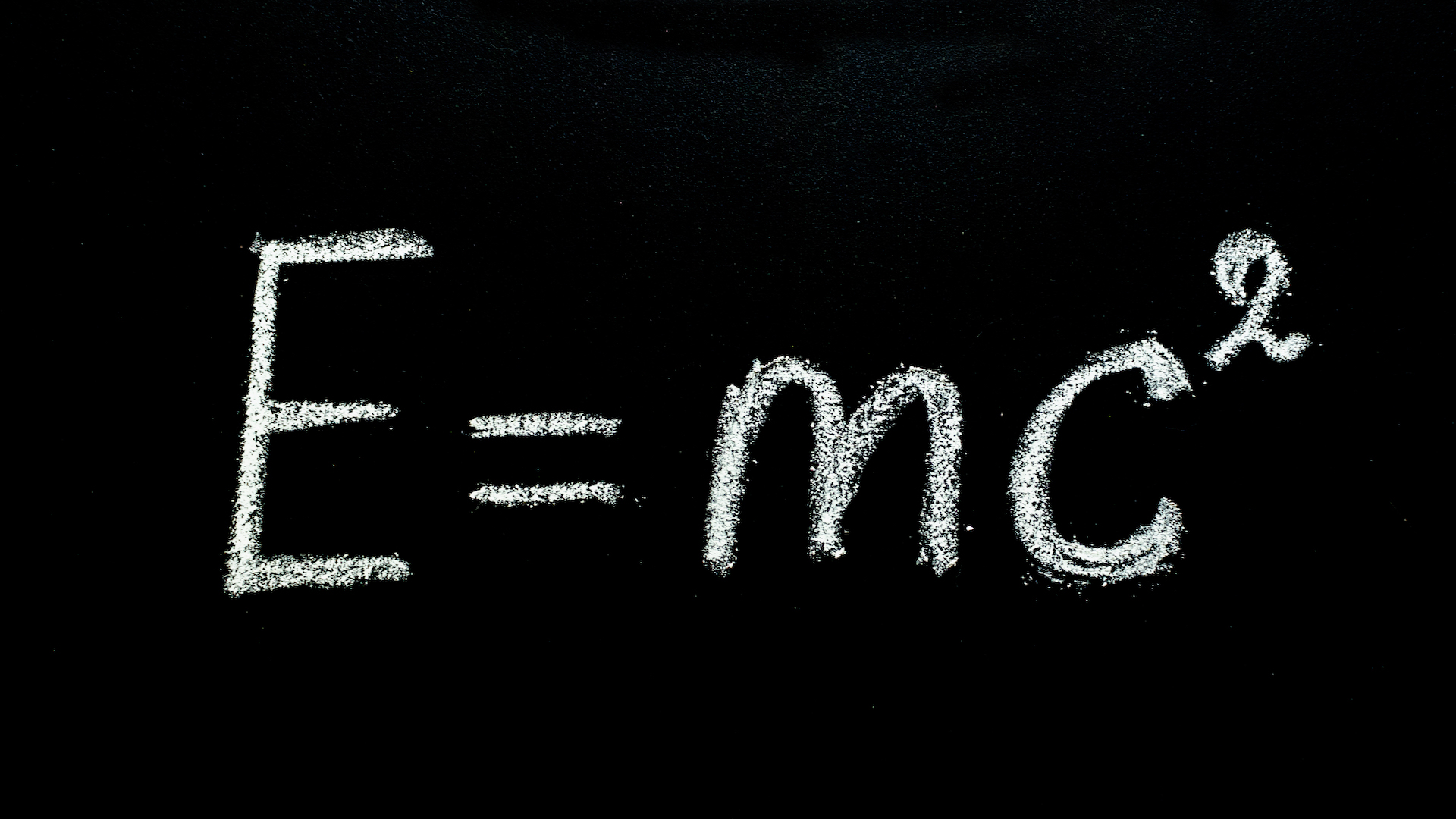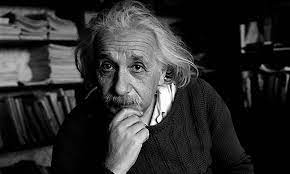Anúncios
Delve into the complex universe of Einstein’s theory of relativity as we unravel its intricate mysteries. The genius mind of Albert Einstein brought forth this groundbreaking theory that redefined the understanding of time, space, and gravity. The thought-provoking concepts of time dilation and space-time curvature, among other intriguing aspects, will be meticulously analyzed in this discourse.
Hold on to the edge of your seats, as we embark on a journey that takes us back in time to the 20th century when this revolutionary theory was first introduced. Einstein’s incredible thought experiments and the logic that led to his astonishing conclusions will be explored, offering an insight into the mind of this scientific luminary. Get ready to view the universe from the eyes of a genius, and feel your understanding of the world around you change!
Anúncios
Einstein’s theory of relativity, often regarded as one of the pillars of modern physics, may seem daunting, but fret not. In this exploratory journey, complex principles are broken down and explained in layman’s terms, making this a fascinating read for both science enthusiasts and the uninitiated.
This exploration will also shed light on the implications of the theory of relativity in our everyday lives, subtly influencing the technologies we use and the way we perceive our existence. From Global Positioning Systems to the concept of black holes and time travel, Einstein’s theory has far-reaching effects that are as awe-inspiring as they are profound.
Anúncios
Embark on this journey with an open mind, and emerge with a newfound appreciation for the beauty of science and its capability to decode the secrets of the universe. Prepare to plunge into an intellectual adventure that promises to push the boundaries of your understanding, as we unravel the mysteries of Einstein’s theory of relativity. Dive in!

Understanding the Basics of Einstein’s Theory of Relativity
Einstein’s theory of relativity, encompassing both the special and general theories, stands as one of the most revolutionary achievements in the history of science. These theories fundamentally transformed our understanding of the universe by challenging long-held Newtonian concepts of absolute space and time. Instead of viewing space and time as separate and immutable entities, Einstein introduced the idea that they are interwoven into a single, dynamic fabric known as spacetime.
At the core of Einstein’s revolutionary insight is the principle that the laws of physics are universal. This means that no matter where you are or how fast you are moving, the fundamental rules that govern physical processes remain consistent. Additionally, the speed of light in a vacuum is always the same—approximately 299,792 kilometers per second—regardless of the motion of the observer or the light source. These assertions may sound simple, but their implications are profound.
Special relativity, published in 1905, was Einstein’s first major step. It focuses on observers moving at constant speeds relative to one another—also known as inertial reference frames. One of its key revelations is that time is not absolute. A moving clock ticks more slowly compared to a stationary one, an effect known as time dilation. Likewise, objects moving at significant fractions of the speed of light experience length contraction, where they appear shorter along the direction of motion.
Another striking result of special relativity is the equivalence of mass and energy, encapsulated in the famous equation E = mc². This formula tells us that mass can be converted into energy and vice versa. This concept lies at the heart of nuclear reactions and powers everything from the Sun to atomic bombs.
Ten years later, Einstein introduced general relativity, a monumental extension of his earlier work. While special relativity dealt with uniform motion, general relativity tackled acceleration and, most notably, gravity. Rather than viewing gravity as a force acting at a distance—as Newton did—Einstein proposed that massive objects warp spacetime, creating curves that other objects follow. This is often visualized with the metaphor of a heavy ball placed on a stretched rubber sheet: smaller objects move along the curves created by the indentation.
General relativity successfully explains phenomena that Newtonian physics could not, such as the precise orbit of Mercury and the bending of starlight by massive celestial bodies—a prediction famously confirmed during the solar eclipse of 1919.
Together, Einstein’s theories provide a framework that has become essential to modern physics and cosmology. They underpin technologies like GPS, which must account for both gravitational and velocity-based time dilation to function accurately. They also laid the groundwork for our understanding of black holes, the expansion of the universe, and gravitational waves.
Understanding the basics of relativity is not just about grasping abstract scientific ideas—it’s about expanding our perception of reality. Einstein’s work invites us to see the universe not as a static backdrop, but as a dynamic, interconnected whole where time and space bend, stretch, and evolve.
Special Relativity
The Special Theory of Relativity, published by Albert Einstein in 1905, overthrew the existing understanding of space and time. At its core, it introduced the idea that space and time are intertwined into a single entity – spacetime. The theory is based on two fundamental ideas: firstly, the laws of physics are the same for all observers in uniform motion relative to one another. Secondly, the speed of light in a vacuum is constant and does not depend on the source’s motion or the observer’s movement.

Concepts behind the Theory
At the heart of Einstein’s theory of relativity lies a profound shift in how we understand the very fabric of reality—space and time. Prior to Einstein, physicists believed that space and time were absolute and independent: time flowed at the same rate for everyone, and space was a static stage upon which events unfolded. Einstein’s theory challenged this classical worldview and introduced the idea that space and time are relative, intertwined, and influenced by motion and gravity.
One of the most important concepts in relativity is that motion is relative. There is no universal frame of reference in the universe. Instead, motion must always be measured relative to something else. This leads to the idea that observers moving at different speeds may experience time and space differently. What seems like a second to one person might be longer—or shorter—to someone else, depending on how fast they’re moving.
To illustrate this, Einstein often used thought experiments, or “Gedankenexperiments,” to convey these revolutionary ideas in intuitive ways. A classic example involves a moving train and a person standing on a platform. Imagine a lightning bolt strikes both ends of the train at the same time. To the observer standing on the platform, the two strikes appear to occur simultaneously. However, for a passenger in the middle of the moving train, the light from the bolt at the front of the train has to travel slightly farther than the light from the bolt at the back—because the train is moving forward. As a result, the passenger might perceive the two flashes as happening at different times.
This demonstrates a key point: simultaneity is relative. Events that appear simultaneous to one observer may not be simultaneous to another moving at a different velocity. This idea is deeply counterintuitive because our everyday experiences do not involve speeds anywhere near the speed of light, where these effects become noticeable.
Another essential concept is that time is not an absolute constant. Instead, it is affected by both the speed at which an object is moving and the strength of gravity it experiences. This leads to phenomena such as time dilation, where time passes more slowly for objects moving at high speeds or located in stronger gravitational fields.
In addition, length contraction occurs when objects moving at relativistic speeds appear shorter along the direction of motion to a stationary observer. This isn’t just an optical illusion—it’s a real physical effect predicted by the mathematics of special relativity.
These concepts—relative motion, time dilation, length contraction, and the relativity of simultaneity—are the foundation of special relativity. They challenge our intuitive understanding of the universe and force us to adopt a new perspective, one where space and time are dynamic and malleable.
Einstein’s conceptual breakthroughs didn’t just reshape physics—they reshaped our understanding of what reality is. As strange as they may seem, these ideas have been confirmed by countless experiments and are now integral to everything from satellite communication to the inner workings of particle accelerators.
Time Dilation
One of the most intriguing results of special relativity is the concept of time dilation. It suggests that a clock moving relative to an observer will tick slower than a stationary clock. This effect is not due to mechanical deficiencies, but to the nature of spacetime itself. This has been confirmed through numerous experiments, including those involving precise atomic clocks in jet aircraft.

General Relativity and Gravity
General relativity, published in 1915, extended the theory of special relativity to include gravity. It proposed that massive objects cause a distortion in spacetime, which is felt as gravity. This revolutionary idea replaced the traditional Newtonian view of gravity as a force acting between two masses.
Curvature of Spacetime
The General Theory of Relativity argues that planets orbit around the sun not because of a mysterious force pulling them, but due to the curvature of spacetime around the sun. Objects, including light beams, follow the curved lines of spacetime, resulting in their curved paths. This theory was dramatically confirmed during the solar eclipse of 1919, where light from distant stars was observed to bend as it passed close to the sun.
Implications of Einstein’s Theory
Einstein’s theory of relativity has far-reaching implications. It led to the prediction of black holes and gravitational waves, concepts that have been confirmed by modern astrophysics. It also resulted in the famous equation E=mc², which states that mass and energy can be converted into each other.
Black Holes and Gravitational Waves
Black holes, regions of spacetime from which nothing can escape, not even light, were a direct prediction of Einstein’s general theory of relativity. More recently, the detection of gravitational waves – ripples in spacetime caused by accelerating masses – has provided a new way to observe the universe.
Einstein’s Legacy
Despite its complex concepts, Einstein’s theory of relativity forms the backbone of modern physics. It has shaped our understanding of the universe, from the smallest particles to the vastness of galaxies. Moreover, it has practical applications in daily life, such as in GPS technology, which requires adjustments for the effects of time dilation to provide accurate location information.
Constant Quest for Unified Theory
Einstein spent the latter part of his career attempting to integrate the forces of nature into a single unified theory. Although he was not successful, this quest continues in modern physics, with string theory and quantum gravity being potential candidates for a unified theory.
In summary, Einstein’s theory of relativity, while challenging to comprehend, is a fascinating exploration of the fabric of our universe. As we continue to unravel its mysteries, we learn more about the fundamental nature of reality, opening new doors to understanding the cosmos and our place within it.
Conclusion
In conclusion, the exploration of “Unraveling the Mysteries of Einstein’s Theory of Relativity: A Dive into the Mind of a Genius,” offers an enlightening journey through the profound thought processes of one of the greatest minds in history. This journey not only demystifies the complex theory of relativity but also humanizes Einstein, painting a picture of a man whose unquenchable curiosity led to revolutionary ideas that continue to shape our understanding of the universe.
This exploration serves as a reminder of the power of human intellect and the beauty of seeking knowledge for its own sake. It underscores the significance of Einstein’s contribution to physics, emphasizing how it has revolutionized our perception of space, time, and gravity. Moreover, it reinforces the reality that science is not a collection of cold, hard facts, but a dynamic, evolving field powered by human creativity and insight.
Overall, this dive into Einstein’s mind is a compelling testament to the beauty of scientific exploration and the potential of human thought. Just as Einstein’s theory of relativity continues to unravel the mysteries of the universe, so does our understanding of his genius continue to evolve, providing us with endless inspiration and intrigue. Embrace the mystery, for it is the heart of science, and the birthplace of innovation.🌌🚀🔭

